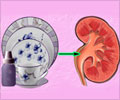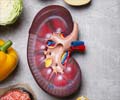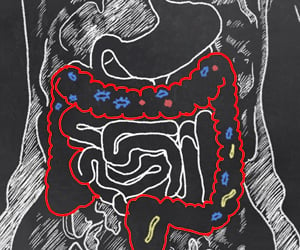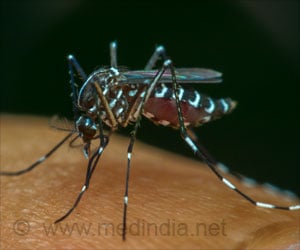The discovery shows potential for developing noninvasive tests to detect kidney scarring and, ultimately, for devising new therapies to reverse this condition.
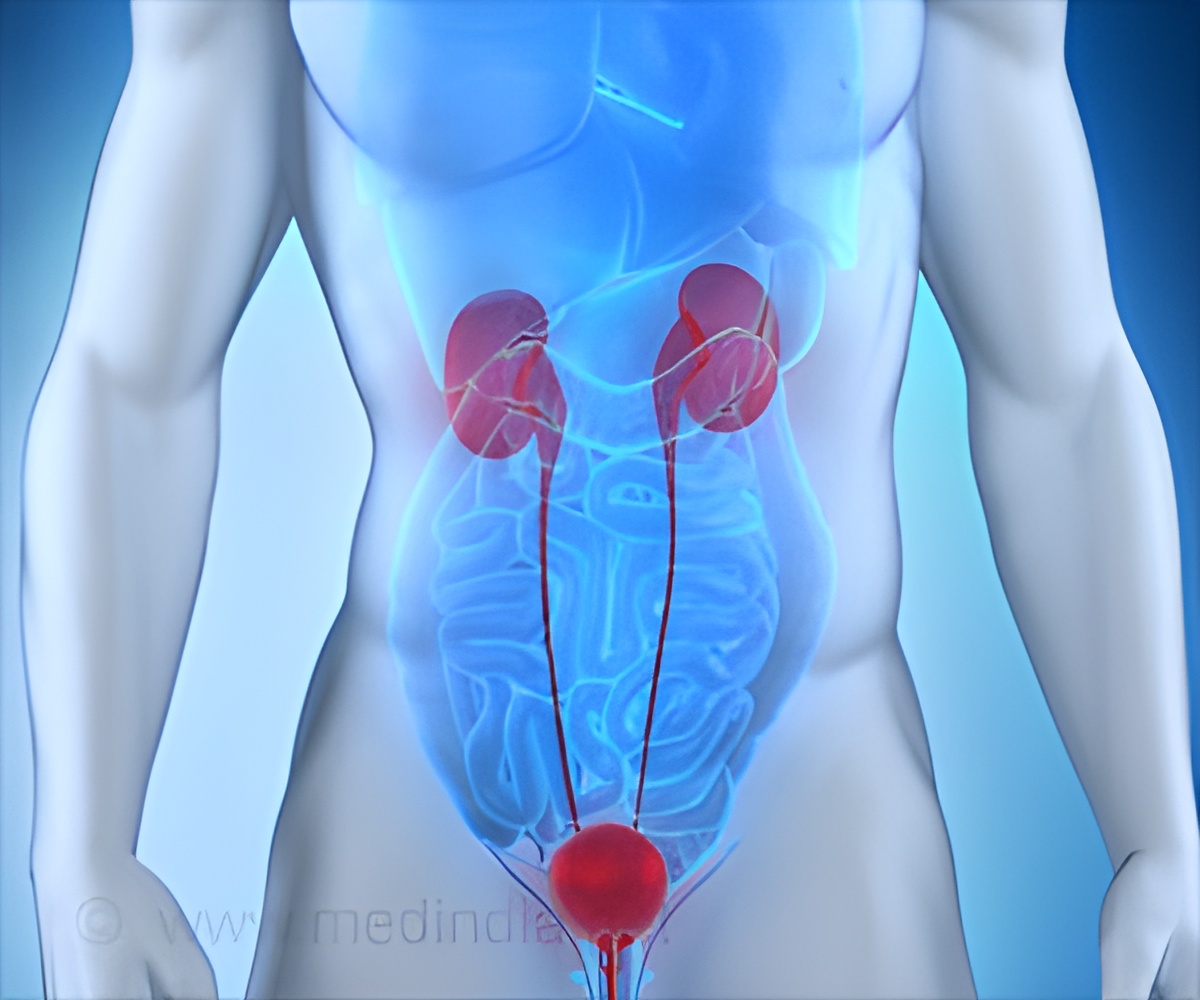
SOX9 switch links regeneration to fibrosis at the single-cell level in mammalian kidneys
Go to source) “The key to this discovery was our ability to directly compare injured kidney cells that successfully regenerated with those that did not,” said Sanjeev Kumar, MD, PhD, a nephrologist-scientist in the Board of Governors Regenerative Medicine Institute and the Department of Medicine at Cedars-Sinai and senior author of the study. “Injured cells activate a protein called SOX9 to regenerate themselves. When they have healed, the cells silence this protein. Cells that aren’t able to regenerate leave SOX9 active, and this leads to a type of scarring called fibrosis. But when we deactivate SOX9 in a timely fashion, the scarring literally goes away.”
‘Researchers found that cells unable to regenerate initiated the recruitment of proteins known as Wnts, which play a crucial role in kidney development. #kidneyfailure #kidneyhealth’





The kidneys, two fist-sized organs that filter waste from the blood, can be injured by diabetes and high blood pressure, serious infections such as COVID-19, and overuse of antibiotics and non-steroidal anti-inflammatory pain medications, said Kumar, who is also part of the Department of Biomedical Sciences at Cedars-Sinai.
From Dormancy in Healthy Adult Kidneys to Reactivation in the Healing Process After Injury
The SOX9 protein plays a major role in organ development but is not active in healthy adult kidneys. In previous work at another institution, Kumar and team found that when kidneys are injured, the surviving cells reactivate SOX9 as part of the healing process.In this study, Kumar and fellow investigators studied kidney damage in laboratory mice. They labeled individual cells at the point of injury, then followed how the cells’ progeny evolved over time.
“At Day 10, some cells’ descendants were fully healed while others were not,” Kumar said. “The cell lineage that healed had switched off SOX9 expression, while the unhealed lineage, in a continuing attempt to fully regenerate, maintained SOX9 activity. It’s like a sensor that switches on when cells want to regenerate, and off when they are restored, and we are the first to identify this.”
Over time, this accumulation of Wnts triggered scarring. And they found that deactivating SOX9 a week after injury promoted kidney recovery.
Investigators observed the same process in patient databases from collaborating institutions in Switzerland and Belgium.
Advertisement
These discoveries provide targets for drug development, as well as for noninvasive biomarker discovery permitting diagnosis of kidney fibrosis through the urine, Kumar said. Currently, the only available test for kidney fibrosis is a biopsy, which carries many risks.
Advertisement
Did You Know?
For the first time, study provides insights into how the kidney's response to injury can occasionally result in fibrosis.
The findings could also lead to new treatment options for patients, said Clive Svendsen, PhD, executive director of the Board of Governors Regenerative Medicine Institute at Cedars-Sinai and a co-author of the study.
“Future work along these lines could also advance our understanding of fibrosis in the heart, lungs and liver.”
Reference:
- SOX9 switch links regeneration to fibrosis at the single-cell level in mammalian kidneys - (https://www.science.org/doi/10.1126/science.add6371)
Source-Eurekalert


